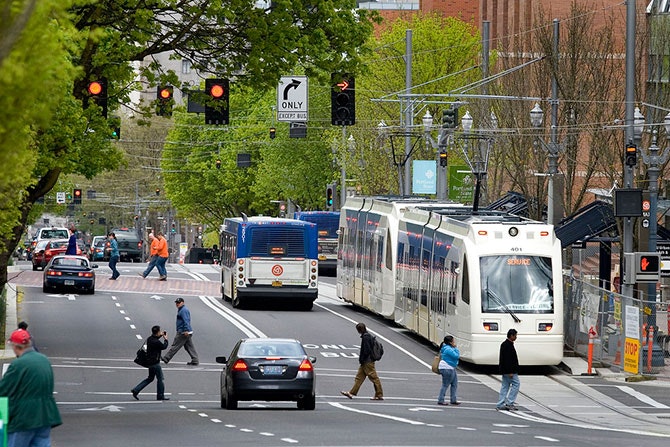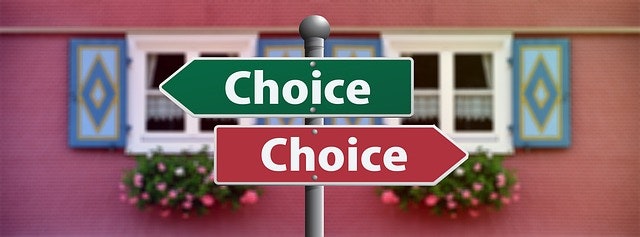Sustainable Community Design
Sustainable community development and efficient land use design is achieved through community planning that strategically directs urban development, resulting in best use of natural resources and transportation efficiency. Sustainable community design preserves prime agricultural lands at the urban fringe and important native habitats. Sustainable design is more successful when municipalities collaborate on regional plans to create prosperous, livable regions as well as cities. Smart Growth is the term being used to describe sustainable land use. It's site specific, so components vary from place to place. Communities that practice Smart Growth provide greater choice, in terms of transportation options and where it is safe and desirable to live.
Transportation

In terms of transportation, Smart Growth communities are designed for people rather than for automobiles. Communities are pedestrian friendly, with safe transportation corridors for foot and bike traffic. Mass transit is easily accessible. Transportation efficiency reduces air pollution, creates healthier communities, and reduces depletion of non-renewable fossil fuels.
Land Use

Smart Growth means using urban land more effectively and more completely. It combines housing, commercial, and retail uses, making it possible to work, attend school, and shop within walking distance to homes. New communities radiate from desirable urban centers. Older communities restore vitality to town centers, preserving historical features, infilling vacant lots, and redeveloping idle and underused facilities. Smart Growth design incorporates parks and greenways and safeguards environmentally sensitive areas, such as wetlands and waterways.
Choices

Well-designed communities provide choice. The choice of a compact, but safe and pleasing urban environment is needed to help limit urban sprawl. Smart Growth fosters distinctive, attractive communities with a strong sense of place. High "quality of life" attracts business and industry, which improves local economies and provides jobs. The result is increased property values and tax revenues.


